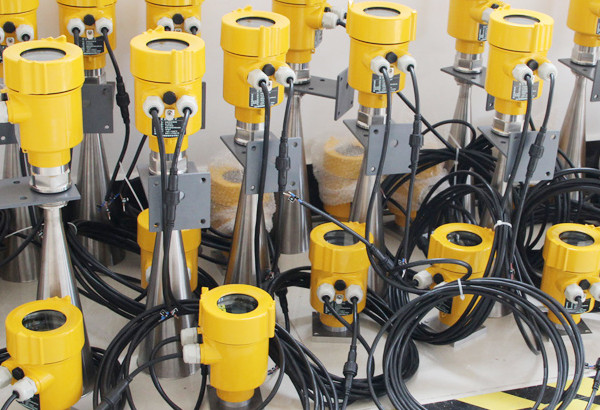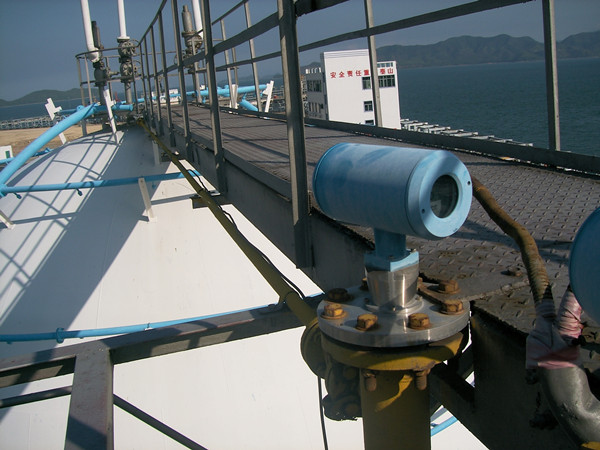A company’s radar level meter installed in a tank farm was damaged by a lightning strike, which typically strikes a building, another object, the ground, or an external lightning protection device directly. The specific case of this site is that their tank area uses the tank itself as a flash catcher with a tank thickness greater than 4 mm.
The tank is connected to the grounding device through flat steel, two or more connections per tank, the grounding does not sink, and the measured grounding resistance is less than 1 Ω. After analysis, from the damage of the radar level meter, there is no direct lightning strike externally, the appearance is intact, and the main cause of the damage is the breakdown or burnout of the circuit board.
The main cause of damage is the breakdown or burnout of the circuit board. The damage to the radar level meter is due to lightning electrostatic induction or lightning electromagnetic induction caused by lightning surge intrusion, the site use of the radar level meter uses a DC power supply, a rated voltage of 24V, and an output signal of 4-20mA.
Because the level meter is a precision instrument, over-voltage resistance, and over-current capacity is poor, when the tank is directly struck by lightning or nearby lightning, the resulting surge voltage and current may be through the signal line, the power lines, etc. damage the equipment.

To find the cause and solve the problem is urgent, the enterprise’s technical staff proposed a solution. The signal line of the radar level meter uses an armored shielded cable, but the outer shield of the armored cable is grounded only at the lower end, and the top of the tank is not grounded.
Therefore, the outer shield should be grounded at the front end of the equipment, and the grounding should be done with an insulated multi-strand copper-core cable or wire with a cross-sectional area of not less than 6 mm². It is also possible to increase the use of signal cables, which are laid through steel pipes or metal wire channels and grounded at both ends.
In addition, as all the radar level meters in this tank area are installed on the top of the tank, some of them are installed at the highest point above the metal parapet on the top of the tank.

According to the lightning protection zone division, this part of the level meter is located in the LPOA area and may be directly struck by lightning without any attenuation of magnetic induction intensity.
Part of the level meter is below the metal parapet and located in the LPZOB area, which is unlikely to be struck directly by lightning without any attenuation of magnetic induction intensity. When the installation location of the field meter may form a flash catcher and cannot be shifted, the meter should be installed in a meter protection box made of fully enclosed steel plates.
The radar level meter housing used by the company is made of aluminum, and the side with the display is glass. Therefore, according to the requirements of the code, a protective box should be installed on the level meter that may become a flashing device, and the housing should be connected to the nearby tank.
Adding a protective box can prevent the level meter from being struck by lightning directly on the one hand, and more importantly, it can add a layer of shielding space, which can effectively reduce the damage of lightning surges to the equipment. Therefore, all level meters can be equipped with a metal protective case.

Every year in various enterprises there will be radar level meters by lightning damage caused by the occurrence of things, in fact, first of all, do a good job to prevent lightning is the most important preparation, followed if the radar level meter inadvertently by lightning damage, to find the correct and perfect improvement method is very necessary.
